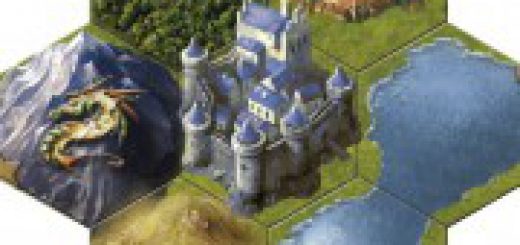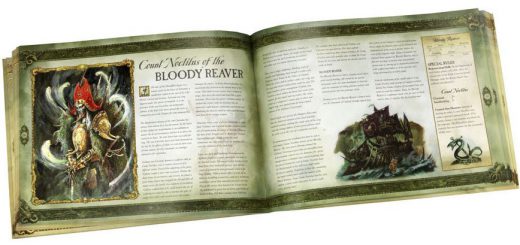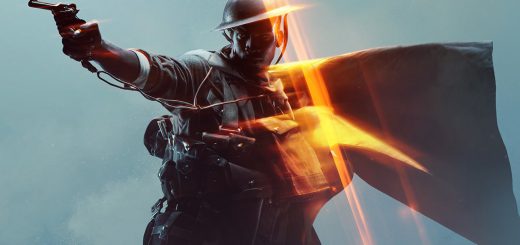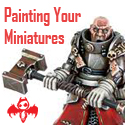Dreadfleet: Basic Rules
In the last article about Dreadfleet I wrote about warships and their characteristics. In this article I will explain some of the basic rules that you need to know in order to play this game. I won’t explain every phase separately but rather the basic things you need to know in order to start playing.
Things like fate cards and damage cards are quite easy to understand. In fate phase each player draws fate card and resolves it. Fate card is very important because of the wind, but I will talk about that later. Damage cards are drawn when your ship sustains certain amount of damage. For every hit that your ship has suffered you draw one damage card. Damage cards can affect different parts of your ship and change its characteristic. Some ships are immune to certain damage cards.
Moving your ships is quite simple in Dreadfleet. Each ship has a speed characteristic that represents a distance in inches that you can move your ship. In order to turn your ship for 45 degrees you need to consult your handling characteristic. Number under handling represents how many inches you have to move in order to make a turn of up to 45 degrees. You can turn as much as you want a long as you have enough movement. But what is very important when it comes to movement is wind.
At the beginning of every game players roll two dice and determine a wind direction. During the fate phase wind can change as well as it speed can change. Almost every fate card has a wind strength and wind direction symbol. When these card are resolved win gauge is moved according to the fate card. In order to know how strong the wind is, you should always look at the top card of fate cards discard pile.
Interesting thing about the wind is that it can slow you down or allow your ship to move faster. You should always check a wind gauge when you activate your warship. If it is located in the rear arc of your ship then you have bonus movement. On the other hand if the wind gauge is in your warships front arc than you might be in trouble. Before you move this ship you have to make a command check. If you pass there is no effect. However, if you fail you have a movement penalty equal to the strength of the wind. Also you are not allowed to use Full Speed Ahead order.
When it comes to shooting and boarding other ships rules are as simple as they could be. When shooting at your enemy you roll a number of dice equal to your ships broadside value. Depending on how far you are from your target you hit on 4+, 5+ or 6+. There are other bonuses that can affect these numbers during the game. In case your target is partially hidden by another model or terrain, you roll half the dice you would roll normally.
Boarding action starts whenever two ships are in base contact one with the other. Players roll a number of dice equal to their crew value and compare their results. Players hit on 5+ and each success is counted in order to compare it to your opponents. Player with more successes is the winner, and the loser has to draw a number of damage cards equal to the difference.
Dreadfleet is very nice, but rather too simple game in my opinion. I would be very happy if there are going to be some expansions in the future, although I highly doubt it.









